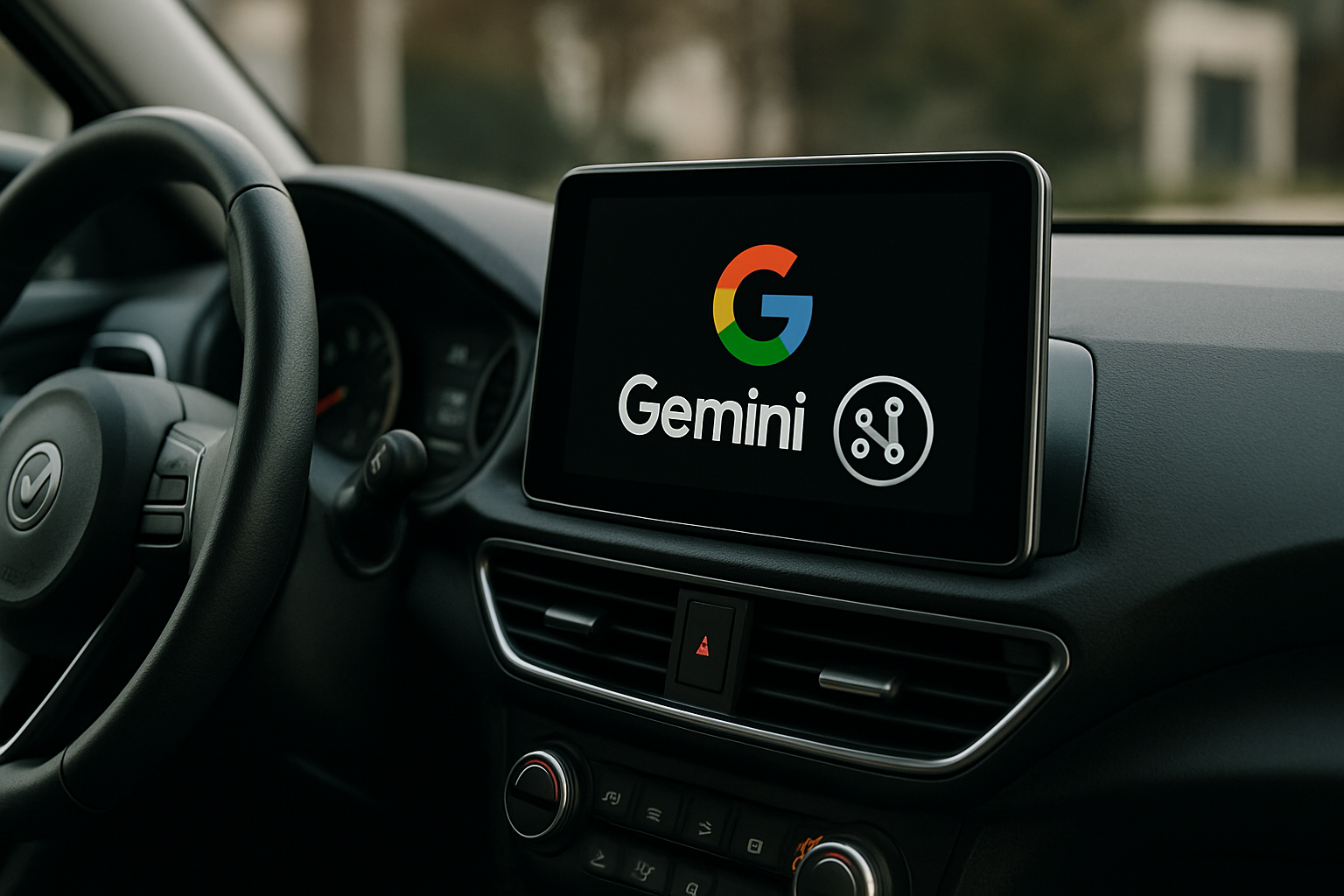In a striking move that signals a new era in computing, Google has unveiled its latest quantum computer chip, ‘Willow’, a powerful processor capable of executing tasks in minutes that would take the most advanced classical supercomputers billions of years. This milestone is more than a technological flex—it’s a transformative leap with profound implications across fields ranging from cryptography to finance and artificial intelligence.
Willow: the architecture behind the breakthrough
At the heart of Google’s achievement is a custom-designed quantum processor, the Willow chip, engineered to operate at a scale and speed previously considered theoretical. Leveraging qubits—the fundamental units of quantum information—the Willow chip boasts unprecedented levels of quantum coherence, error correction, and stability, all of which have historically limited the real-world applicability of quantum systems.
Unlike classical bits, which process information in binary 0s and 1s, qubits can exist in multiple states simultaneously through the principle of superposition. Combined with entanglement, this allows quantum computers like Willow to handle exponentially more data and solve problems with a level of complexity that breaks the limits of traditional architectures.
Google claims that Willow performs certain computations 47 million times faster than the fastest classical alternatives—a figure that, if independently verified, would mark a decisive step into the so-called “quantum advantage” era.
What quantum supremacy means today
Google first made headlines in 2019 by achieving quantum supremacy with its Sycamore chip. But critics argued that the task used at the time—sampling random numbers—lacked practical value. With Willow, Google shifts the focus toward applicability, tackling problems with real-world significance.
For example, Willow can simulate molecular structures and chemical interactions at an atomic level, offering a new pathway to drug discovery, material design, and energy optimization. Its ability to process complex optimization tasks also positions it as a potential disruptor in logistics, machine learning, and automated decision systems.
Moreover, Google is moving beyond lab experiments. The company is integrating Willow’s capabilities into its broader quantum AI ecosystem, preparing to make these tools accessible to researchers, startups, and enterprises via Google Cloud’s quantum services.
Implications for cryptography and cybersecurity
Perhaps the most immediately unsettling impact of Willow’s arrival lies in cryptography. Current encryption standards—used in banking, communications, and national security—rely on mathematical problems that are computationally infeasible for classical machines to crack. But a quantum system with sufficient qubit stability and processing power could theoretically break these codes in minutes.
While Willow isn’t yet at that level, its performance raises pressing questions about the future of digital security. Governments and tech companies are now accelerating efforts toward post-quantum encryption, a new standard that can resist both classical and quantum attacks.
Google has already begun testing such algorithms in Chrome and Android systems, signaling that the race for quantum-safe security is no longer speculative—it’s underway.
Finance, AI, and the next frontier
Beyond cybersecurity, Willow’s strengths are drawing interest from the financial sector, where rapid calculations of risk, pricing models, and market predictions can yield a massive competitive edge. Quantum algorithms could revolutionize portfolio optimization, derivatives modeling, and real-time fraud detection, unlocking capabilities that today’s high-frequency trading systems can’t achieve.
In artificial intelligence, Willow holds promise for improving neural network training, pattern recognition, and even data compression. The chip’s ability to manage exponentially large datasets could help overcome current bottlenecks in large language models and other AI architectures, especially as these models continue to grow in size and complexity.
Not just speed, but scale
Despite Willow’s impressive performance, Google acknowledges that quantum computing is still at an early stage. Scalability remains the biggest challenge. Creating and maintaining a large number of reliable qubits requires extreme conditions, including ultra-cold temperatures and advanced shielding to prevent quantum decoherence.
Google’s roadmap includes developing error-corrected qubit networks, aiming for a system that can handle millions of physical qubits. Willow represents a powerful step in that direction—but it’s only one piece of a much larger puzzle.
Still, the message is clear: quantum computing has moved beyond theory. With Willow, Google isn’t just promising the future—it’s building it. And that future is arriving faster than many expected.





